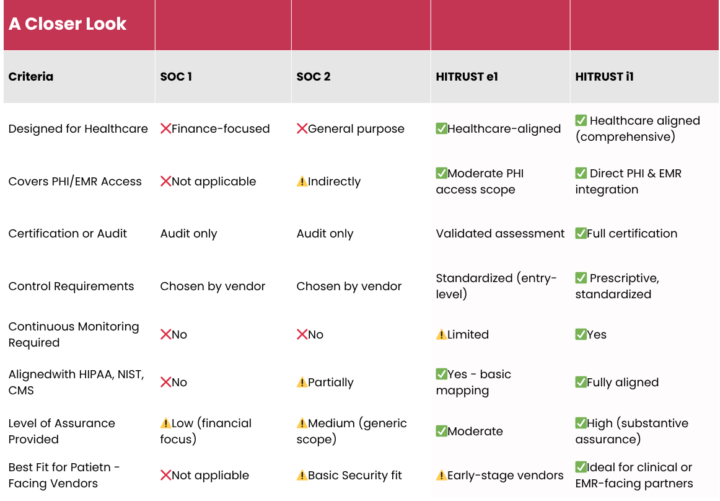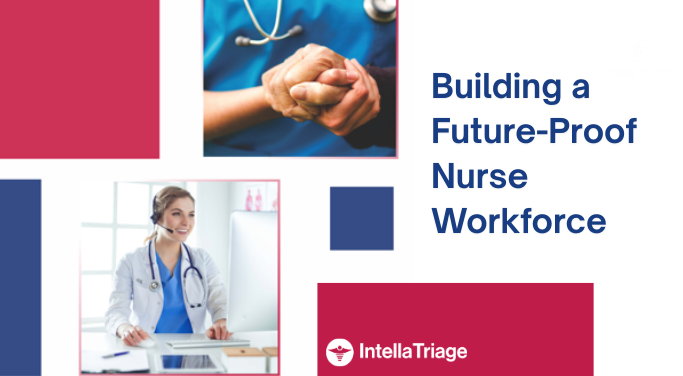Recent data breaches are once again highlighting the urgency of securing protected health information (PHI). In March 2025, Yale New Haven Health System disclosed that an unauthorized third party accessed the personal data of nearly 5.6 million patients. Around the same time, Kentucky’s Cumberland County Hospital suffered a breach affecting more than 36,000 individuals, including Social Security numbers, addresses, and other personal identifiers.
As a healthcare provider, you’re likely taking steps to secure your own systems. But have you considered how your vendors are protecting their access to your patients’ data?
Whether you’re evaluating after-hours triage partners, EMR integrations, or support services, vendor security practices can introduce risk to your organization. And not all certifications are created equal. At IntellaTriage, when developing our proprietary platform, IntellaHub, we explored the leading frameworks: SOC 1, SOC 2, HITRUST e1, and HITRUST i1. Here’s what we learned along the way, and why we believe you should consider the same standard when evaluating vendors.
A Quick Breakdown: Basics of What These Frameworks Cover
SOC 1 (System and Organization Controls 1)
- Focus: Internal controls over financial reporting
- Best for: Payroll or finance-adjacent services
- PHI coverage: Not applicable
- Output: Attestation (Type I or II – the distinction having to do with design of controls vs operating effectiveness over a time period)
- Not relevant for healthcare vendors handling PHI.
SOC 2
- Focus: Controls related to security, availability, processing integrity, confidentiality, and privacy
- Best for: General-purpose SaaS or IT vendors
- PHI coverage: Indirect (SOC 2 itself doesn’t explicitly mandate HIPAA compliance, but its controls can be leveraged to address certain aspects of HIPAA requirements)
- Healthcare Specific: No
- Output: A security check for companies handling data, also offers Type I or II. Audit assessment (no certification)
Widely accepted, this is often used as a road map to HITRUST e1 but lacks healthcare specificity or certification-level rigor.
HITRUST e1
- Focus: Basic security hygiene
- Best for: Small businesses or those just starting their security journey
- PHI coverage: Yes, but limited
- Healthcare Specific: Yes
- Output: Validated assessment (not certifiable in the same way as i1)
A starting point, but not sufficient for vendors with direct EMR access.
HITRUST i1 (Implemented, 1-Year Certification)
- Focus: Modern cyber threats + foundational healthcare security controls
- Best for: Vendors handling PHI, especially in cloud environments or patient-facing roles
- PHI coverage: Full scope
- Healthcare Specific: Yes
- Output: Validated certification with annual renewal
Strikes the right balance between rigor, relevance, and practicality for healthcare organizations.
Security Frameworks Comparison: A Closer Look
In researching our own security framework, we found that SOC 1 didn’t really apply for our needs as a healthcare support company. SOC 2 is closer. It’s flexible but shallow. It does not focus on healthcare (a must for us) and it tends to be a step ladder to HITRUST e1. Finally, HITRUST i1 is focused, standardized, and requires a certification, which is a much stronger signal of assurance for healthcare environments.
Understanding What to Expect from Your Vendors
You don’t need every partner to pursue the most exhaustive framework, but you do need assurance that vendors can meet modern healthcare security expectations. If your vendor is accessing PHI, even temporarily or indirectly, basic or nonhealthcare-focused frameworks may not be enough.
When evaluating vendors, don’t stop at “Can I trust you to work to keep my organization and my patient’s information secure?”
Ask:
- What is your security framework?
- Are your controls prescriptive and validated?
- How often are you reassessed and is there continuous monitoring required?
- Do your systems align with healthcare-specific threats?
If they can’t answer those confidently, it’s time to keep looking.
Information Security is Essential and an Extension of Care
IntellaTriage is not a generic call center. We’re a nurse-first triage partner that integrates with your EMR and engages with your patients during vulnerable moments, most often outside business hours. In 2024, we handled over 650,000 triage calls, with nurses directly accessing medical records and care plans through our partners’ EMRs and IntellaHub.
We needed a framework that:
- Aligned with HIPAA
- Focused on real-world cyber threats
- Was certified
- Reflected our healthcare-specific environment
- Could be validated and trusted by partners
That’s why we didn’t stop at SOC 2, but instead we invested in HITRUST i1. It offers the rigor we need to prove we’re serious about protecting your patients’ data rather than just checking a compliance box.
At IntellaTriage, we deliver triage built on compassion and clinical expertise, but backed by secure, modern technology. Our human-first, tech-secure model means nurses spend more time with patients, and less time navigating login portals, disconnected systems, or insecure workarounds. We are HITRUST i1 certified because it gives our partners confidence that we’re not just talking about protecting data; we’re proving it, consistently.
Contact Us for a Consultation
Ready to optimize your triage process? Reach out to us today for a consultation tailored to your needs. Let’s elevate your patient care together.
More From The Blog
Home health and hospice leaders know the strain of delivering quality care 24/7 with shrinking staff, rising patient volumes, and growing oversight. One strategy many haven’t fully leveraged yet is after-hours triage. A nurse-first triage model is about more than answering calls. Outsourcing your nurse triage function is a strategy that saves money, strengthens staff [...]
As post-acute care evolves under the weight of rising patient volumes, persistent staffing shortages, and the increasing complexity of care at home, one thing has become undeniably clear: nurse-first triage is an invaluable piece of the care-at-home puzzle. At IntellaTriage, we've spent the last 16 years proving that. From our earliest days in 2008, our [...]
In hospice and home health, nurses are the lifeline of care. But with higher acuity in the care-at-home patient population, mounting documentation demands, and a growing aging population, field nurses are stretched thin. The stakes are high for today's care delivery, but for the future of the profession itself. Persistent Post-Acute Trends Worth Paying Attention [...]










